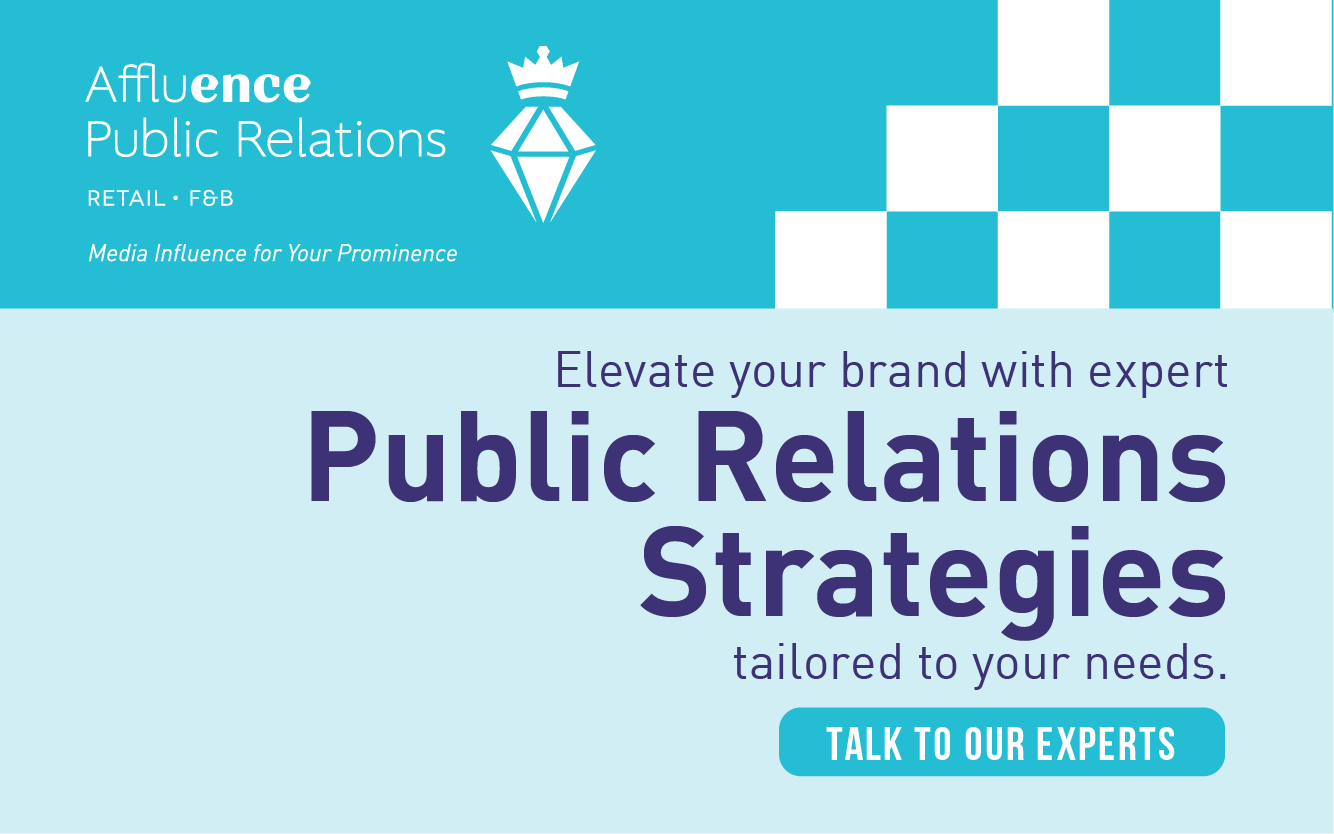
In today’s digital age, the landscape of media relations has undergone a profound transformation. Traditional methods of reaching out to journalists and media outlets have evolved, with social media platforms emerging as indispensable tools for effective communication and outreach. Multi-channel media relations, particularly leveraging social media, has become a cornerstone strategy for organisations seeking to amplify their brand messaging and engage with key stakeholders.
The Rise of Multi-Channel Media Relations
Multi-channel media relations is the practice of using multiple communication channels to connect with journalists, influencers, and the broader media landscape. While traditional media channels such as press releases, media pitches, and email outreach remain relevant, the integration of social media has revolutionised the way organisations interact with the media.
Harnessing the Power of Social Media for Real-Time Media Engagement
Social media platforms offer unparalleled opportunities for real-time engagement, allowing organisations to directly communicate with journalists, share news updates, and participate in conversations relevant to their industry. From Twitter and LinkedIn to Facebook and Instagram, each platform presents unique advantages for media outreach, enabling organisations to tailor their approach based on the preferences and habits of their target audience.
Leveraging Social Media for Media Outreach
1. Building Relationships:
Social media platforms serve as virtual networking hubs, providing opportunities for organisations to connect with journalists and media professionals on a personal level. By following journalists, engaging with their content, and participating in industry-specific discussions, organisations can establish meaningful relationships that lay the foundation for future media coverage.
2. Content Distribution:
Social media offers a powerful platform for distributing press releases, blog posts, and other multimedia content to a wide audience. By sharing compelling and newsworthy content, organisations can attract the attention of journalists and influencers, increasing the likelihood of media coverage and amplification across various channels.
3. Real-Time Engagement:
In today’s fast-paced media landscape, timeliness is key. Social media enables organisations to stay informed about breaking news and trending topics, allowing them to join relevant conversations and position themselves as thought leaders in their industry. By monitoring hashtags, participating in Twitter chats, and engaging with journalists in real-time, organisations can seize opportunities to insert their brand into the media narrative.
4. Crowdsourced Story Ideas:
Social media platforms provide a valuable source of inspiration for media pitches and story ideas. By listening to the conversations happening within their online communities, organisations can identify emerging trends, consumer insights, and industry developments that may pique the interest of journalists and reporters. Additionally, soliciting feedback and input from followers can help organisations refine their messaging and identify areas of opportunity for media coverage.
5. Monitoring and Measurement:
Social media offers robust analytics tools that enable organisations to track the impact of their media relations efforts in real-time. By monitoring metrics such as engagement, reach, and sentiment, organisations can gain valuable insights into the effectiveness of their social media campaigns and adjust their strategy accordingly. Additionally, social listening tools allow organisations to monitor online conversations and identify potential media opportunities or crisis situations before they escalate.
Best Practices for Multi-Channel Media Relations
Maintain Consistency:
Ensure consistency in messaging and branding across all communication channels to maintain credibility and reinforce brand identity.
Be Authentic:
Authenticity is key to building trust and rapport with journalists and followers. Avoid overly promotional language and focus on providing value-added content that resonates with your audience.
Stay Responsive:
Respond promptly to inquiries, comments, and messages on social media to demonstrate responsiveness and foster positive relationships with journalists and followers.
Embrace Multimedia:
Leverage multimedia content such as videos, infographics, and visuals to enhance the visibility and shareability of your media outreach efforts.
Measure and Iterate:
Continuously monitor and analyse the performance of your social media campaigns to identify areas for improvement and refine your approach over time.
Conclusion: Multi-Channel Media Relations
In an increasingly interconnected and digital world, multi-channel media relations has become essential for organisations seeking to effectively engage with the media and amplify their brand messaging. By leveraging the power of social media, organisations can build relationships, distribute content, participate in real-time conversations, and monitor media coverage with greater efficiency and effectiveness. By adopting a strategic and integrated approach to media relations, organisations can maximise their visibility, influence, and impact in today’s dynamic media landscape.
Unlocking the Power of Multi-Channel Media Relations: Maximising Social Media for Media Outreach
XML link | All feed


